One of the most common problems that all beginner bloggers face is blog writing. They don’t know how to write blogs. If you are struggling with writing, you are in the right place.
In this article, I will give you a high-level view of writing blog posts. This will help you generate ideas and get you started. Remember anybody can master blog writing skills with regular practice.
What’s Blog Writing?
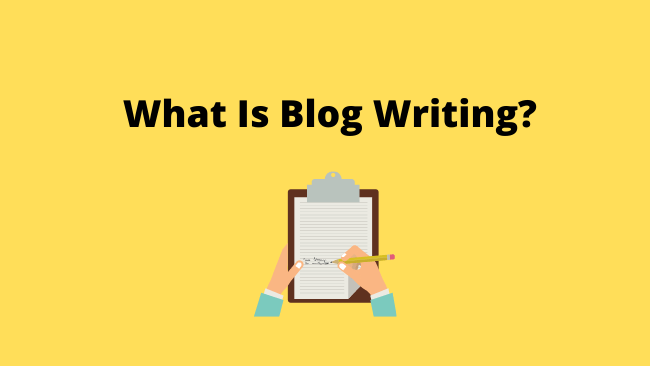
Blog writing is the art of publishing your content online. Bloggers create, share, and distribute information in the form of text, images or videos.
Blogging covers a wide range of topics. From an online diary to a marketing message promoting a specific product or service.
Before starting to write, we need to plan the content. The first step is to figure out the target audience for your content.
Who is Your Target Audience?
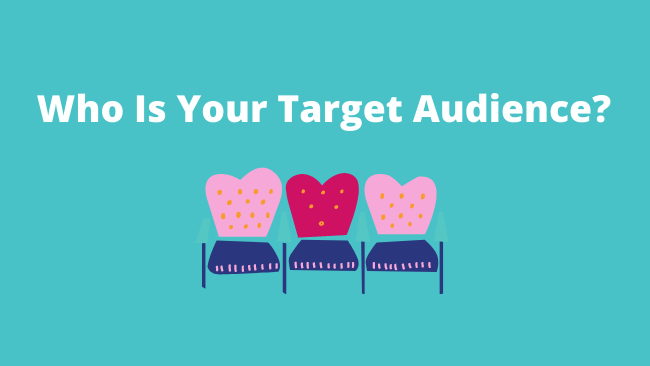
You need to create content that resonates with your target audience or blog niche. This helps you in focusing your efforts on creating highly useful and relevant content.
If you need help figuring out your blog niche, check out the article on how to find your blog niche.
When you have a target audience, it is easy to figure out their pain points, doubts and questions. This will help your audience to relate to you.
This information can be used to answer their questions and solve their problems.
Who Are Your Competitors?
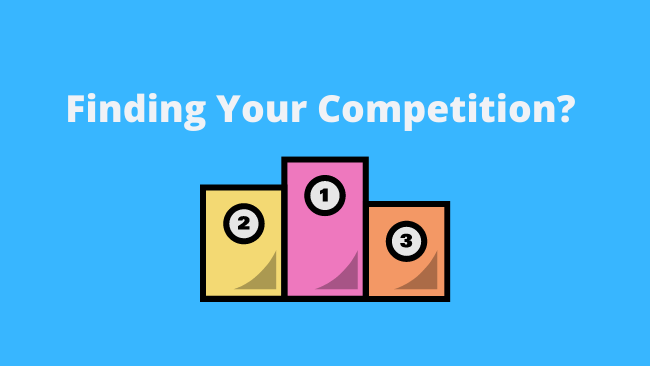
Once you have figured out your audience. The next step is to analyze the competition within your niche.
This analysis will help you in finding out your chances of being successful. You can spy on the type, format and length of content written by your competition, This will give you an idea of the style and trends that are followed in the niche.
You can use this opportunity to find out the content gap. Thus giving your blog an edge over the competition.
Next, get a grip on the search intent. A buyer’s journey will help you understand the intent in a better way.
If you are starting, you can create the content by keeping the buyer’s journey in mind.
Understanding the Buyers Journey
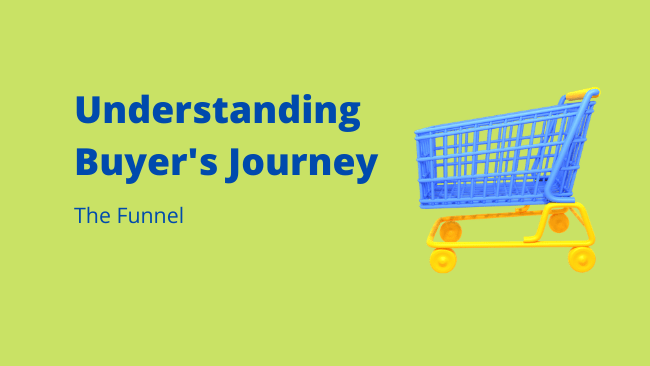
The visitors that come to your site pass through different stages before making a transaction or purchase. We call this process a buyer’s journey or the Funnel. The Funnel is a process that shows the conversion of an Ice Cold Visitor to an engaged customer.
The Funnel has three stages:
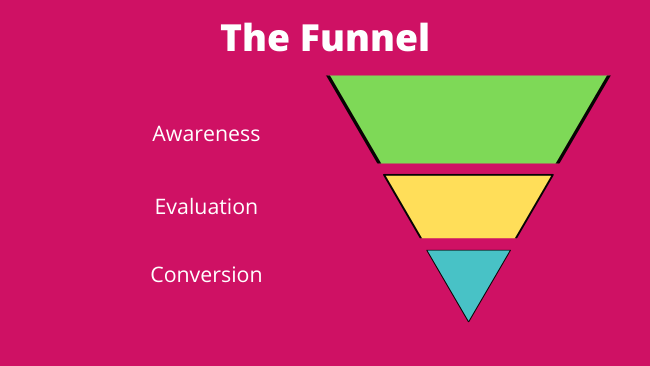
- Awareness – Top of the funnel stage (TOFU)
- Evaluation – Middle of the funnel stage (MOFU)
- Conversion – Bottom of the Funnel stage (BOFU)
Understanding the buyer’s journey improves the quality of content. You can match the content with each part of the visitor’s journey.
Awareness Stage
At this stage, the visitor is unaware of you and your brand. Therefore, you need to provide informational content that introduces you, your services and your products.
To target awareness stage visitors, use How/Why/Where/When types of blog posts and articles.
Evaluation Stage
After the visitors notice your brand. They will then analyze and evaluate your products or services. The questions at this stage are:
- Should I buy the [product]?
- Is this product better than others?
You need content that addresses the visitors’ concerns and educates them about how the product or service solves the problem.
Detailed reviews and comparison-type blog posts are the best fit for visitors at this stage.
Conversion Stage
Once you convince the visitor that the product is solving his/her problem. They need a small push or nudge to make the buying decision.
At this stage, you can give them an offer that prompts them to go for the transaction. For e.g., free coupons, discounts, etc.
Finally, after you convert the visitor into a customer. you need to retain the customer for repeated sales.
If you are already having content on your blog. Carry out a site audit and match your existing posts with the buyer’s journey stages.
Site Audit
This audit will help you find out the gaps in your content strategy.
Now, you need to plan the content and create a list of topics that are to be covered.
- Start with 1-3 words related to your niche. For e.g. “Blog Writing“
- Enter these words in the Google Keyword Planner tool and click on the “Get Results” button. This will generate a lot of keywords.
- Select the keywords with good search traffic and low competition. Select and download the list of keywords from the keyword planner tool.
- At this stage, arrange the keywords in the order of their traffic volume and competition. The idea is to separate the keywords with high volume and high competition. You can use these keywords to create cornerstone content.
Cornerstone Content
Cornerstone content is the most important article or in-depth guide on your site that you want to rank higher on the search engines.
Use the leftover keywords to create the articles that support the cornerstone articles.
Next, enter the keywords one by one in the Answer the public tool. It will give you a lot of questions and comparison ideas for creating the content.
Create an Editorial Calendar
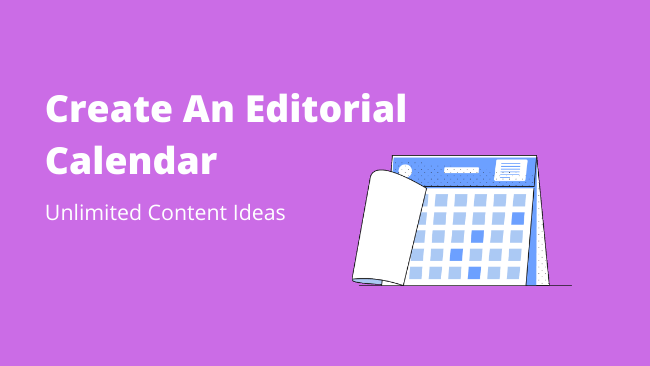
Once you are ready with the topics. You need to schedule the topics for publishing. The tool that you need at this stage is the editorial calendar.
For creating an editorial calendar, you can start with a simple spreadsheet. A few other options include:
- Google Sheets.
- Outlook Calendar.
- Google Calendar.
- Trello
An Editorial calendar enables you to manage and plan your content ideas. A few things that you can track using a content calendar are:
- Blog post title
- Type of post
- Keywords
- Keywords volume
- Category
- Publish date
Start Blog Writing In Clusters
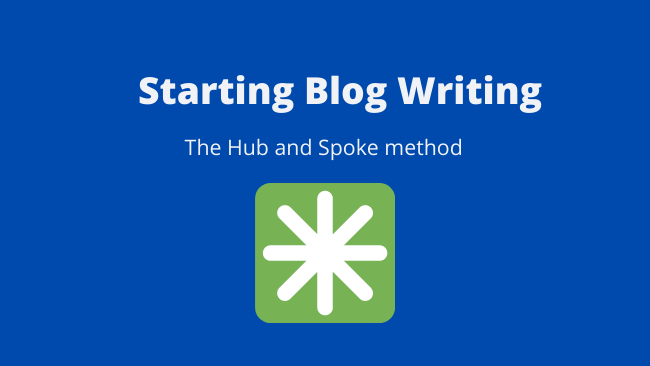
Now you can start writing your first cluster of blog posts.
Google docs is a good blog writing tool. You can check the article on how to write an article on Google Docs.
Start with the cornerstone blog post from your editorial calendar. Next, write 4 supporting posts. You have your first 5 posts to launch your blog.
In the same way, keep posting until you post all your cornerstone articles. Thereafter, you keep on adding more supporting posts to the existing clusters.
Why are We Posting in Clusters?
The quick answer is it helps in optimizing the content for the search engines. The search engines no longer rely on keywords alone, they are parsing the related keywords, synonyms and phrases.
Google loves to recommend sites that are an authority on a subject. Creating content using a hub and spokes method improves the site’s authority.
Blog Writing Tips and Best Practices
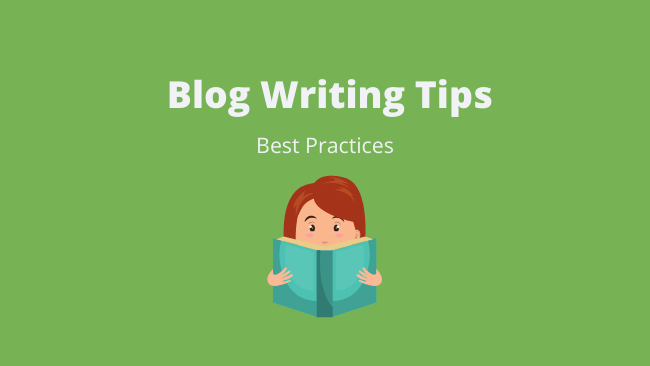
Writing is not a natural process for most of us. It takes time to master this craft. Here are a few blogging tips that can help you start on the right foot.
Read, Read, Read,
Regular reading feeds and nourishes your brain. Enabling you to generate better blog content ideas.
Write, Write, Write,
To master the craft of writing, you need to write daily. Set yourself a realistic target and get to the work. Commit to writing at least 500 words daily.
Strive to make your writing clear and concise. Deliver your message clearly with the least number of words.
Here is an interesting article by Deepak Kanakraju from digitaldeepak.com. Check out why bloggers should keep their focus on content.
Answer the Question Directly:
A major portion of the blog content is informational. When providing the information, be direct and to the point. Do not beat around the bush and add unwanted fluff to the content.
Create an Outline
Check Your Writing Flow
The content should follow a logical flow. Your writing should help the reader move smoothly from one sentence to another, and one paragraph to another. This makes the reading enjoyable.
Write as you Speak
When writing a blog, use a conversational tone. Avoid the use of academic vocabulary. Use the commonly used words that express your ideas. Write as if you are speaking to a single person.
Proofreading
Before you press the publish button, proofread your article. If you are a one-man team, request your near or dear one to help you out.
Proofreading includes checking your article’s structure, flow, and grammatical mistakes. Remove the unwanted words that do not add value to the text.
Check Typos including Grammar and Punctuation
Often, while writing, we misspell the words leading to typos. We leave out the punctuation and commit other grammatical mistakes. This leaves a poor impression on the blog visitors.
Once you finish writing, go through the article and remove the typos. You can also use a tool like Grammarly.
Create a Swipe Folder
A swipe folder is a collection of text, images or screenshots of tested and proven ideas in a specific field. For e.g., headlines, blog post intros, emails or even landing pages.
We can use these creatives as inspiration to create our own.
How to Write Blog Posts?
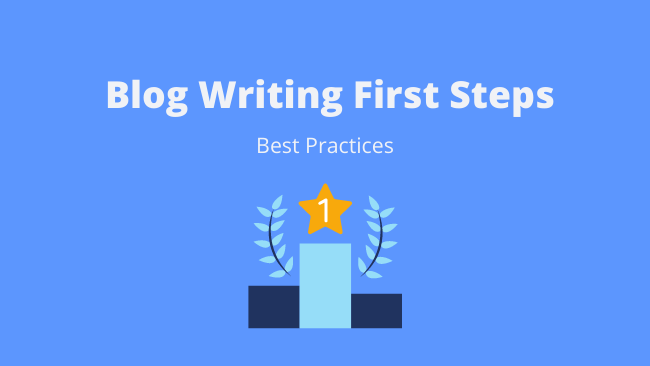
You are staring at the screen with a blinking cursor. The fingers are raring to go, but the mind goes blank. You are facing writer’s block. Don’t worry, even the pros have to deal with it.
One of the best ways to get rid of writer’s block is to create a list of points you need to cover. Try coming up with 5-6 points forming the main headings. Then for each heading come up with 5-6 sub-points.
You now have 25-36 points to write your blog. Go ahead and expand the points and you will have your first blog post. I used this process when I started writing blogs. Blog writing beginners will find this method useful.
What are Different Types of Blog Posts?
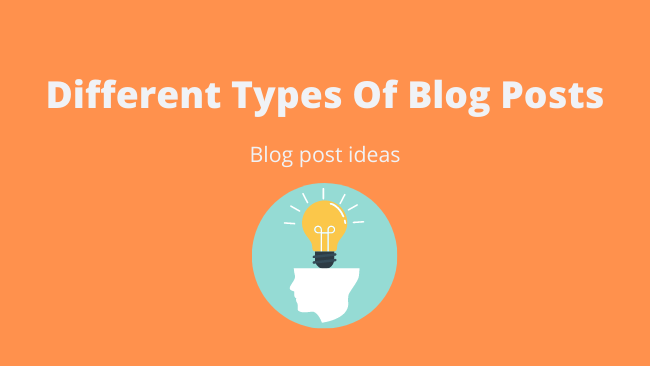
After you master the blog writing technique discussed above. You can diversify your writing by creating different types of blog posts.
List Posts
If you are a blog writing beginner, list posts will give you a good start. The list post contains a list of actions or products. These posts help the visitor scan through quickly and find the information in the shortest time.
How-to Posts
How-to blog post generates a ton of search engine traffic. Just think, why do most people reach out to search engines. They want to accomplish something, set up a blog, fix pc, learn a language, etc. A bulk of these search queries are informational.
Review/Comparison Posts
Review blog post reviews a product and service. We can further categorize them into:
- Pure review posts – Review a single product or service and brings out the pros and cons.
- Comparison posts – Review of multiple related products or services. Comparing the pros and cons of each of them.
Guest Posts
The guest posts are contributed by other writers to your blog. You can invite other bloggers, writers or journalists to guest post on your blog. Using this method, you get new content without having to write it.
Still, you need to check the quality of blog posts.
Interview Posts
The interview blog post comprises interviewing influencers in your niche. It can be in the form of text, audio or video. You need to prepare the interview questions. If a few of your interviewees share the interview post. It will generate a lot of extra traffic for your blog
Blog Post Series
When a series of blog posts are required to cover a single blog post idea. We create a blog post series. A properly linked and well-written blog series creates anticipation. Leading to a lower bounce rate and improving SEO.
Checklists or Cheat Sheets
The checklist posts contain a series of steps or directions to complete a task. It helps in completing the task without missing the steps.
The checklist post can be converted into a printable pdf. We can use the pdf as a lead magnet for email subscriptions or as a free download resource.
Infographics
We can create infographics from the blog posts. Infographics present a gist of the information using an image. It packs the information into a single graphic with the help of text and images. Canva is an easy-to-use tool to create an infographic.
Case Studies
Case studies blog posts are real-life examples of a topic. It includes an in-depth and detailed examination of a topic. All the facts are backed up with real-life data. Case studies are very helpful in lead generation.
Newsworthy Blog Posts
The newsworthy blog posts cover the latest trends and news in a specific industry. If you want to be seen as an expert in your industry. You must keep the audience abreast of the current and latest news in your industry.
Resources or Link list Posts
The resources post contains the resources and links that are useful for the audience. The whole of the information is on a single page. Thereby, making life easy for the site visitors.
Check the article on AI writing software and tools. These tools will help you speed up your content creation.
FAQ’s
To start blog writing as a beginner, you can follow these steps:
1. Choose a niche or topic for your blog.
2. Select a blogging platform or create a website.
3. Register a domain name and set up hosting.
4. Install a content management system. E.g. WordPress.
5. Customize your blog’s design and layout.
6. Start creating and publishing high-quality blog posts.
7. Promote your blog through social media and other channels.
Specific skills are not mandatory, but you should have command over written English. Passion for your chosen niche and basic computer skills can help you in blog writing journey. Skills such as research, creativity, and effective communication can enhance the content quality.
The frequency of publishing new blog posts depends on your goals and availability. You should have a consistent posting schedule that you can maintain. Some bloggers publish daily, while others choose a weekly or monthly schedule. Focus on quality over quantity. Make sure that you offer valuable content to your readers.
Yes, it’s possible to make money from blog writing. Once you have a blog with a decent readership. You use various monetization strategies. For example, displaying advertisements, joining affiliate marketing programs.
You can offer sponsored content or reviews. Other ways include selling digital products or services. You can seek partnerships or collaborations with brands relevant to your niche. Monetizing a blog needs time, effort, quality content and audience engagement.
Conclusion
Initially, you may feel blog writing is a tedious task. But just like other skills, you can master them with continuous practice.
You need to create your own writing system and workflow. Creating a workflow system will double your chances of succeeding.
How are you planning to start your blog writing? What are your favorite blogging tools and how do you plan to use them?

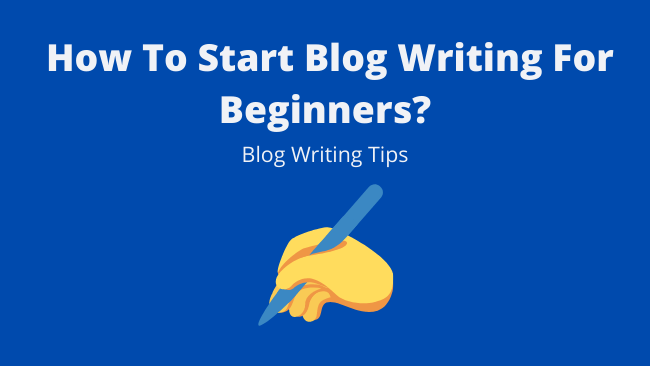

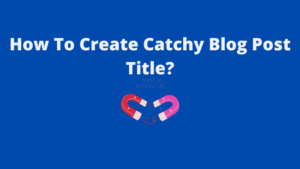

Pingback: How To Use The WordPress Block Editor? | StartBlogPro
Pingback: How To Choose The Best Blogging Platform? | StartBlogPro
Pingback: How To Learn SEO Free - Beginners Guide | StartBlogPro
Pingback: How To Write A Listicle Blog Post? | StartBlogPro
Pingback: How To Use Yoast SEO For Beginners? [2022] | StartBlogPro
Pingback: 25 Blog Examples That Will Blow Your Mind | StartBlogPro
Pingback: 10 Must-Read Blogging Books To Boost Your Blogging Skills | StartBlogPro